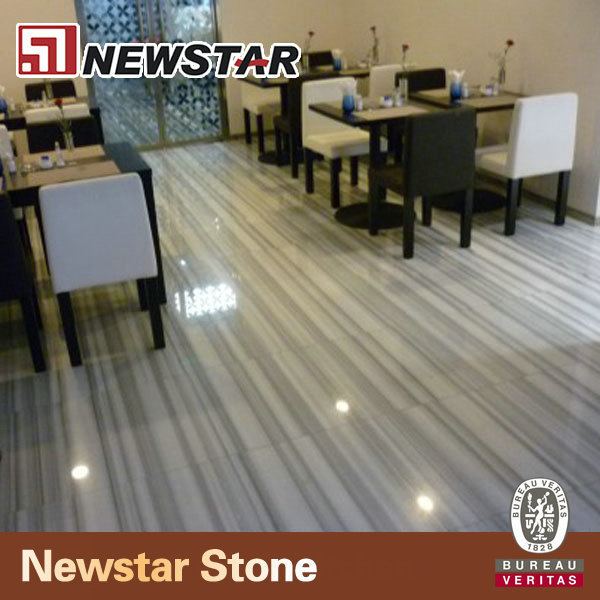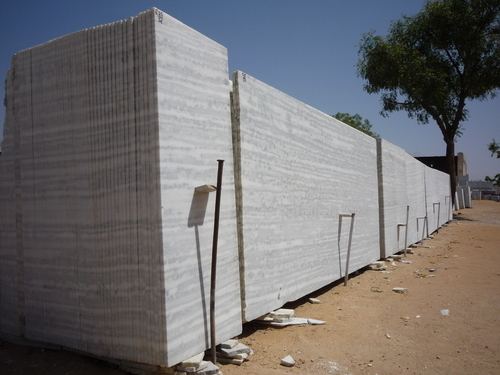Country State | Languages spoken Hindi, English District | |
 | ||
Map of Makrana
Makrana is a municipal council and a tehsil in the Nagaur district of Rajasthan, India. There are more than 136 villages under this thesis, making Makrana one of the biggest tehsils in Nagour District. Makrana is famous for the white stone and marble taken from the mines around it. Makrana marble was used in construction of the Taj Mahal. Makrana is a large town and has many marble outcrops. Most of the residents in Makrana earn their livelihood from mining marble.
Contents
- Map of Makrana
- Makrana marble kishangarh marble dungri morwad marble mines manufacturer supplier marble avi
- Geography
- History
- Economy
- Mining
- Famous buildings made from Makrana Marble
- References

Makrana marble kishangarh marble dungri morwad marble mines manufacturer supplier marble avi
Geography
Makrana is located at 27.05°N 74.72°E / 27.05; 74.72, and has an average elevation of 408 metres (1,339 ft). It lies in the middle of the Aravalli Range, and these mountains are the source of its fame as a marble producer.
History
Makrana was a princely state in British India. It is home to some of the world's most renowned white marble sites, from which the Taj Mahal, Victoria Memorial of Kolkata, Birla Temple of Jaipur and Jain Temple of Dilwara in Southern Rajasthan were built. It is said that the 1800 artisans who settled Makrana originally came from a coastal strip in the south of Sindh and Balochistan, in Pakistan and Iran, also called Makrana. These artisans came to India to build the Taj Mahal.
Economy
The town is served by railroads and other forms of transportation, serving as a key junction between Jaipur, Parbatsar and Jodhpur.
Makrana is a large town in Nagaur district, with a deposit of 56 million tonnes of marble and 40,000 labourers working in 900 mines in the several ranges of the Aravallis. Makrana is the main centres of marble in Rajasthan. Calcitic in nature, Makrana marble is regarded as the oldest, and finest in quality.
The present rate of marble production from Makrana is 19.20 million tonnes per year with an annual revenue of rupees (INR) 10036 crore (ten million). Per capita income is INR 50,000, which is much higher than national average of INR 46,000. It is the richest municipality in Rajasthan.
Makrana is source of employment to more than 100,000 people from about 200 surrounding villages. The Victoria Memorial of Kolkata, the Taj Mahal in Agra, the Raudat Tahera in Mumbai and the Jain Temple of Dilwara in southern Rajasthan are built from Makrana marble. Some other monuments where Makrana marble has been used are the Haji Ali Dargah of Mumbai, the Jain Temple of Mysore, and the Ambedkar Park of Lucknow.
Mining
Makrana marble is a metamorphic rock. It is found in a single deposit in India. The Makrana marble is 90–98 percent CaCO3.
Makrana has various mines in the Aravallis range, popularly known as Doongri, Devi, Ulodi, Saabwali, Gulabi, Kumari, Neharkhan, Matabhar, Matabhar Kumari, Chuck Doongri, Chosira and Pahar Kua. The Pahar Kua range is thought to be the actual mine from which the marble for the Taj Mahal was extracted.
The Doongri, Devi, Saabwali, Ulodi, Chosira and Neharkhan mines are famous for white marble, whereas Ulodi is famous for albeta marble (white marble with dark patterning). The Gulabi mine produces pink plain and pink adana marble, whereas almost all mines produce adanga marble with brown and grey shades. There are about 800 factories for marble cutting and processing. The factories use gang saws to cut the marble
